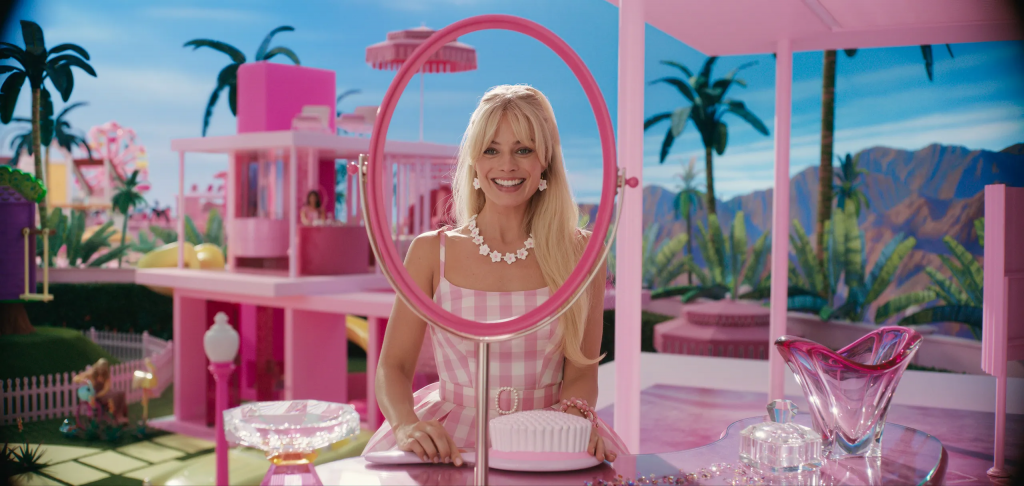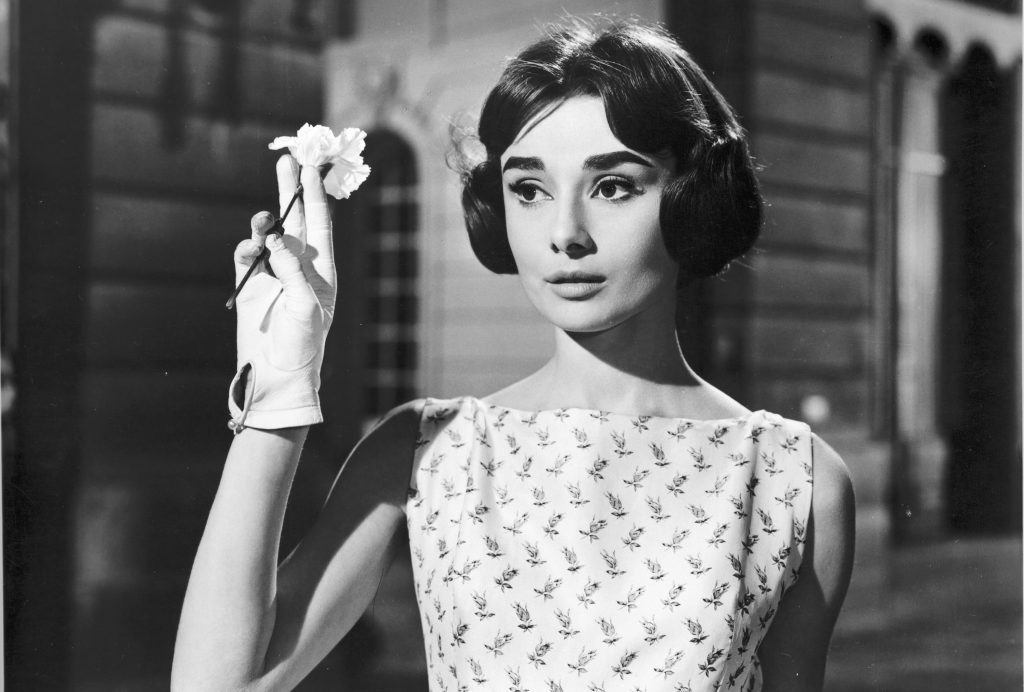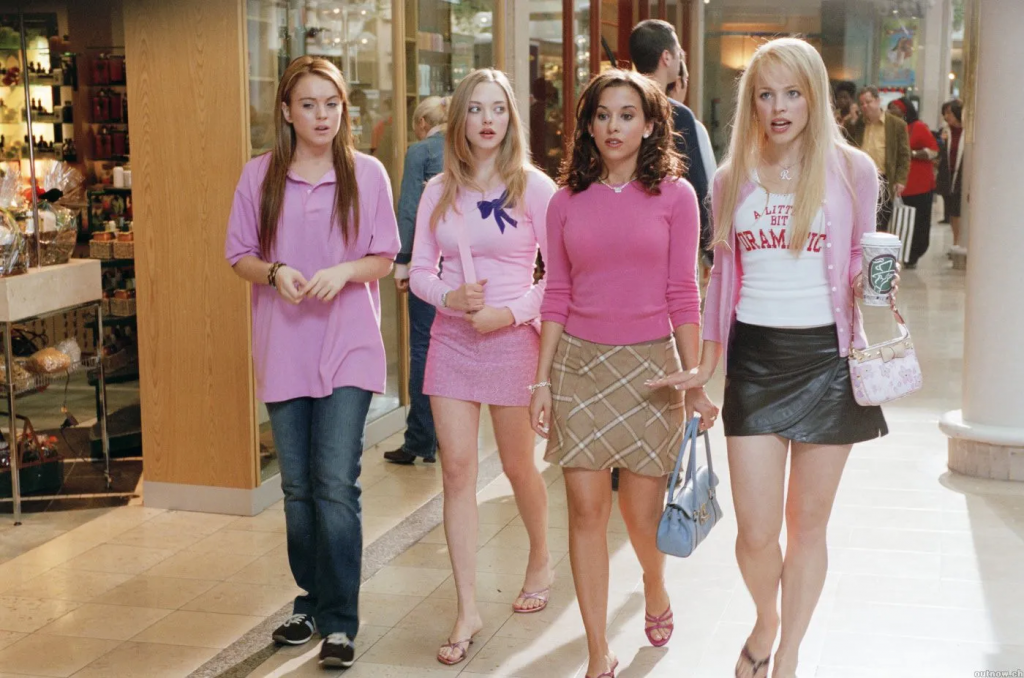Story HANG NGA
Photos INTERNET
The long love affair between fashion and film has transformed global popular culture.

The power of fashion and film
In the November 2023: SOUL OF THE CITY issue of Heritage Fashion, a hypothetical question was posed: What if we consider fashion as an “entity”? As creative director Alessandro Michele put it: “Clothes are capable of reflecting our image in an expanded and transfigured dimension. Wearing them means crossing a transformative threshold where we become something else.”
Unlike the runway, fashion in the world of cinema has the power to vividly portray professions, life settings, character traits and social classes. Consider it as a collective memory, allowing people to find familiar ground and gain specific insights into history, culture and society.
It wouldn’t be an overstatement to say that the intersection of fashion and cinema has played a vital role in shaping popular culture. For example, the 1995 film Clueless popularized a new wave of preppy style that became a major trend that decade. Mary Jane shoes appeared prominently in the film, and innovative takes on the form have consistently graced the catwalks of renowned fashion houses such as CHANEL, Miu Miu and Sandy Liang ever since.

Filmmakers not only focus on aesthetics but also aim to convey social messages through clothing. Opera gloves, as worn by Marilyn Monroe in Gentlemen Prefer Blondes (1953), were once celebrated as a symbol of grace and power. However, like many other trends, opera gloves gradually faded into obscurity. Recently, the movie Little Women (2019) emerged as a catalyst in revitalizing the fashion narrative. In one scene, Meg (Emma Watson) attends the elegant Moffats’ ball with opera gloves, symbolizing the epitome of societal norms. At the same time, her sister Jo intentionally rejects them to reflect independence and freedom. Designers soon transformed this small accessory into an updated symbol of style, with top fashion houses such as Valentino, Fendi, and Balenciaga, creating bold statements and demonstrating once again the interplay between cinema and fashion in popular culture.
Transcending time
When it comes to fashion icons in cinema, many immediately think of Audrey Hepburn donning her Little Black Dress in the movie Breakfast at Tiflany’s (1961). Fashion in classic films not only offers a fantasy of glamour and style but can also create a nostalgic desire to relive previous eras. When it comes to Y2K, the character Regina George in Mean Girls (2004) exemplifies the typical style of the 2000s: low-rise flared pants, striped A-line skirts, bustier dresses, cardigans, athletic tracksuits and embellished accessories. Nearly two decades later, Y2K has once again become a fashion highlight, thanks to the phenomenon sparked by Euphoria (2019), the American high school drama loved by youth worldwide. It not only uses clothing as a powerful means of communication but also brings artistry and innovation to Y2K fashion.
The proliferation of films depicting the history of long-established fashion houses has also added to the cycle. While Coco Chanel introduced the skirt suit in 1914, it enjoyed a powerful and creative resurgence nearly a century later after the release of the 2009 film Coco Before Chanel. In the fashion community, where the elimination of gender boundaries in clothing seemed to fall out of favor, the film Yves Saint Laurent (2014) acted as a “time machine,” bringing women back to sophisticated and charismatic tuxedo suits. A recent standout in this genre is House of Gucci (2021), not only recounting the dramatic story of the Gucci family but also showcasing classic designs from the fashion house’s archives.

The French fashion style known as Parisian Chic, has long conquered global aesthetics, perhaps boosted by the strong influence of Andrea Sachs in The Devil Wears Prada (2006). In 2020, the transformation of the American title character in the series Emily in Paris continues to show the profound impact of fashion within the business environment, especially in the world of glossy magazines.
And of course, the film with the greatest impact on the fashion world in 2023 was Barbie. The Barbie doll has always been a style archetype for many girls, and once again, thanks to cinema, the color pink has taken over the wardrobes and social media of fashion enthusiasts.
If we view cinema as a glittering treasure trove of contemporary values, then fashion acts as a timeless source of inspiration through generations. For decades, cinematic masterpieces have turned fashion into an iconic canvas for each generation to appreciate, acculturate and celebrate.










